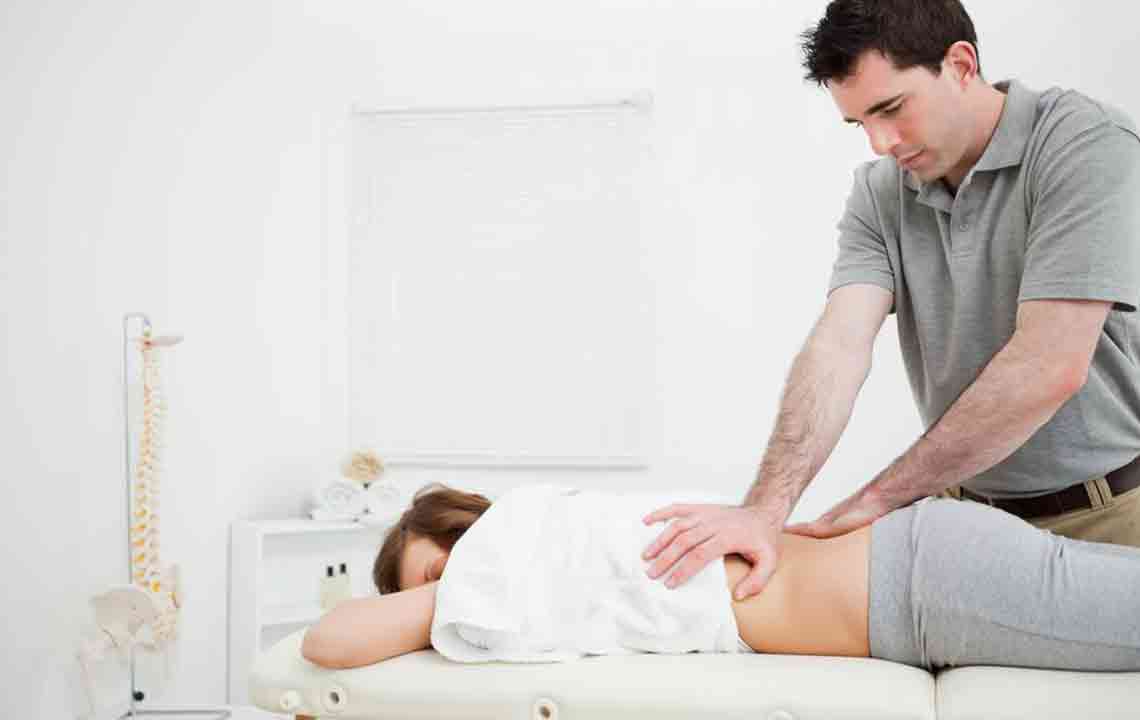Different Treatment Options for Spinal Stenosis
Spinal stenosis is narrowing of the spinal canal. It occurs because there is a growth of bone, tissue or both in the openings. Due to this growth, the open spaces between the vertebrae start to get smaller, which creates tightness in the vertebrae as it begins to pinch the spinal cord and the nerves around it.

Spinal stenosis usually occurs in adults who are 50 and older. The leading cause of spinal stenosis is arthritis, which is a condition caused by a breakdown of cartilage, which is a cushion-like material that is situated between bones. Other causes include:
- Paget’s disease – This condition causes bones to grow abnormally large and brittle. It eventually results in narrowing of spinal canal and causes nerve problems.
- Injuries – An accident may fracture the spine and cause inflammation of spine which can lead to spinal stenosis.
- Tumors – A malignant or benign tumorous growth near the spinal cord can narrow the spinal canal and cause spinal stenosis.
- Herniated discs – Hernia causes the cushions to crack. The material from the cushion thus seeps out and presses against spinal cords and nerves around it, causing pain in the area.
Diagnosis of spinal stenosis is done in three main stages –
- X rays – X rays help in determining how the shape of the vertebrae has changed.
- Magnetic Resonance Imaging (MRI) – MRI uses radio waves that create a 3-dimensional image of the spinal cord. It shows damaged spinal discs, ligaments, and tumorous growths if any.
- Computerized tomography – Commonly known as CT scan, this diagnostic method uses X-rays to create a 3-dimensional image of a part under scanner (spinal cord in this case). It does so with help of a dye that is injected into the body which shows damages to tissue or bones if any.
Spinal stenosis treatment
Spinal stenosis treatment might include non-surgical and surgical procedures to ease the symptoms. Some of them are as follows –
Medications
Medicines aimed to offer pain relief might be prescribed to the patient suffering from spinal stenosis. There are medicines of low doses available in pharmaceuticals, which will allow short-term assistance. Your doctor might also prescribe you muscle relaxants and anti-seizure medications, and other drugs to treat the symptoms of spinal stenosis such as damaged nerves and muscle spasms. The doctor might treat the condition using a steroid which will help in reducing the inflammation. Because of side effects, however, this treatment is rarely used. Anesthetics are used in the form of injections that help in easing the pain for some time.
Physical therapy
This is one of the most common spinal stenosis treatment, as people suffering from spinal stenosis become less active. This leads to muscle weakness, which in turn results in more pain. So, to reduce the pain, a physiotherapist might teach exercises that would help one to build strength and endurance, sustain flexibility and stability of the spine and improve balance as well as posture.
Decompression procedure
This procedure involves using needle-like instruments that remove a portion of a thickened ligament present in the spinal column that increases spinal canal space. This technique is useful only on patients with lumbar spinal stenosis. There are two types of decompression procedures, PILD which is percutaneous image-guided lumbar decompression or MILD which stands for Minimally Invasive Image-guided invasive Lumbar Decompression.
Surgery
Surgery is considered as a spinal stenosis treatment option if the condition has left the patient disabled. The central purpose of the operation is to relieve the spinal cord of the pressure created due to spinal canal narrowing. It decompresses the area of the stenosis to resolve the symptoms of spinal stenosis.
- Laminectomy – This is a surgical procedure that removes the lamina, or the back part of the affected vertebra. It is a decompression surgery that helps in easing the pressure on the nerves as it creates more space around them.
- Laminotomy – This procedure removes only a portion of lamina by carving a big hole in the spinal canal. Big enough to alleviate the pressure in a distinct part.
- Laminoplasty – Laminoplasty is performed only to the cervical spine that is, the neck area. It opens the space of the spinal canal by making a hinge-like arrangement on the lamina, using a metal hardware. It bridges the gap in the opened section of the spine, thus relaxing the pressure.
- Minimal invasive surgery – This type of surgery removes the bone or lamina in a way that it reduces the damage caused to the nearby healthy tissues. Compared to fusion, minimal invasive approach surgery has shorter recovery time.
Future treatments
There are potential future treatments that involve the use of stem cells that would be intended for spinal stenosis treatment. Genomic medicine is also being looked into that would result in new gene therapy for spinal stenosis.
Alternative medicines and therapies can be used with conventional spinal stenosis treatments, that would help one cope with the pain of the degenerative spinal disease. Some of the alternative therapies include massage therapy, chiropractic treatment, and acupuncture.











